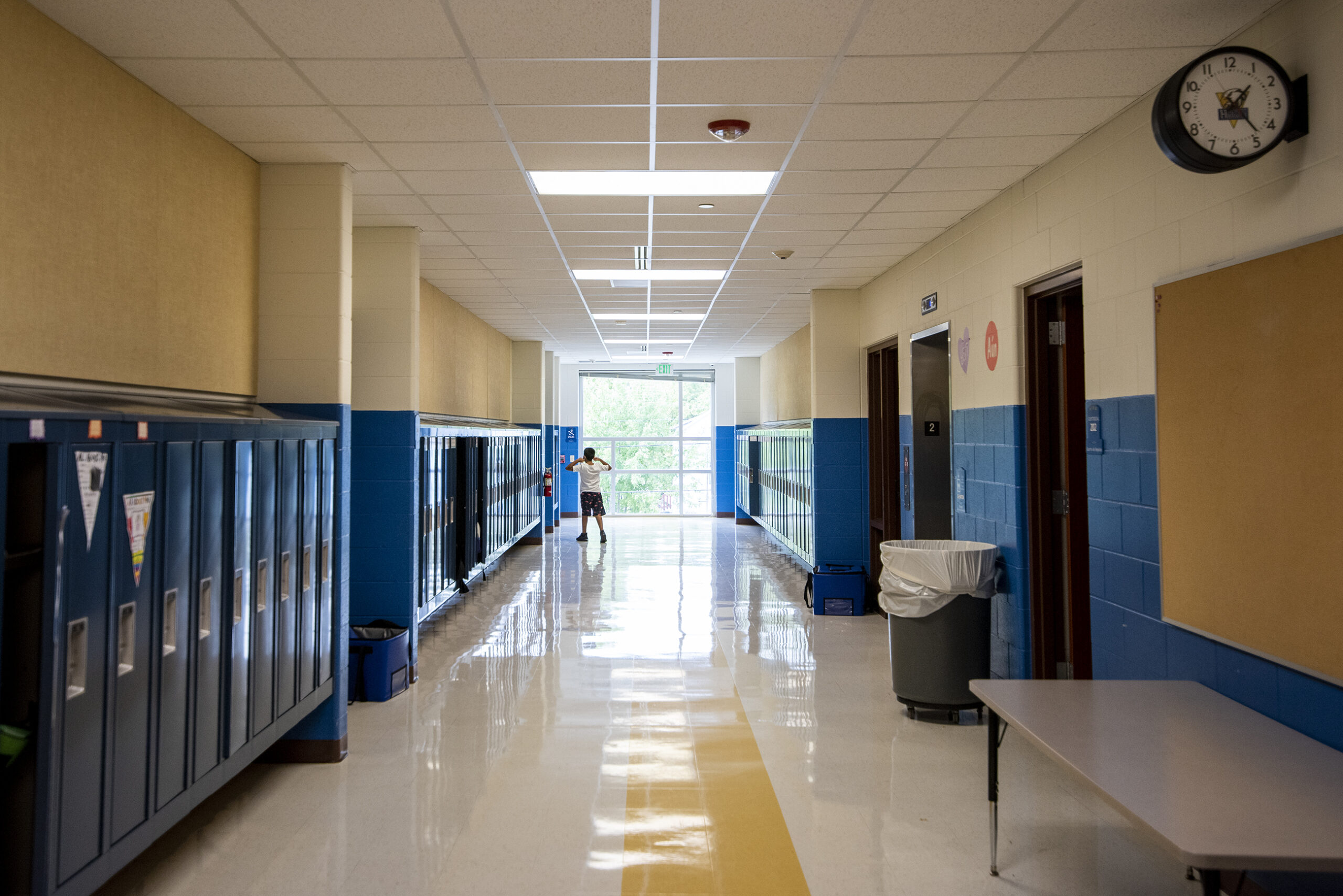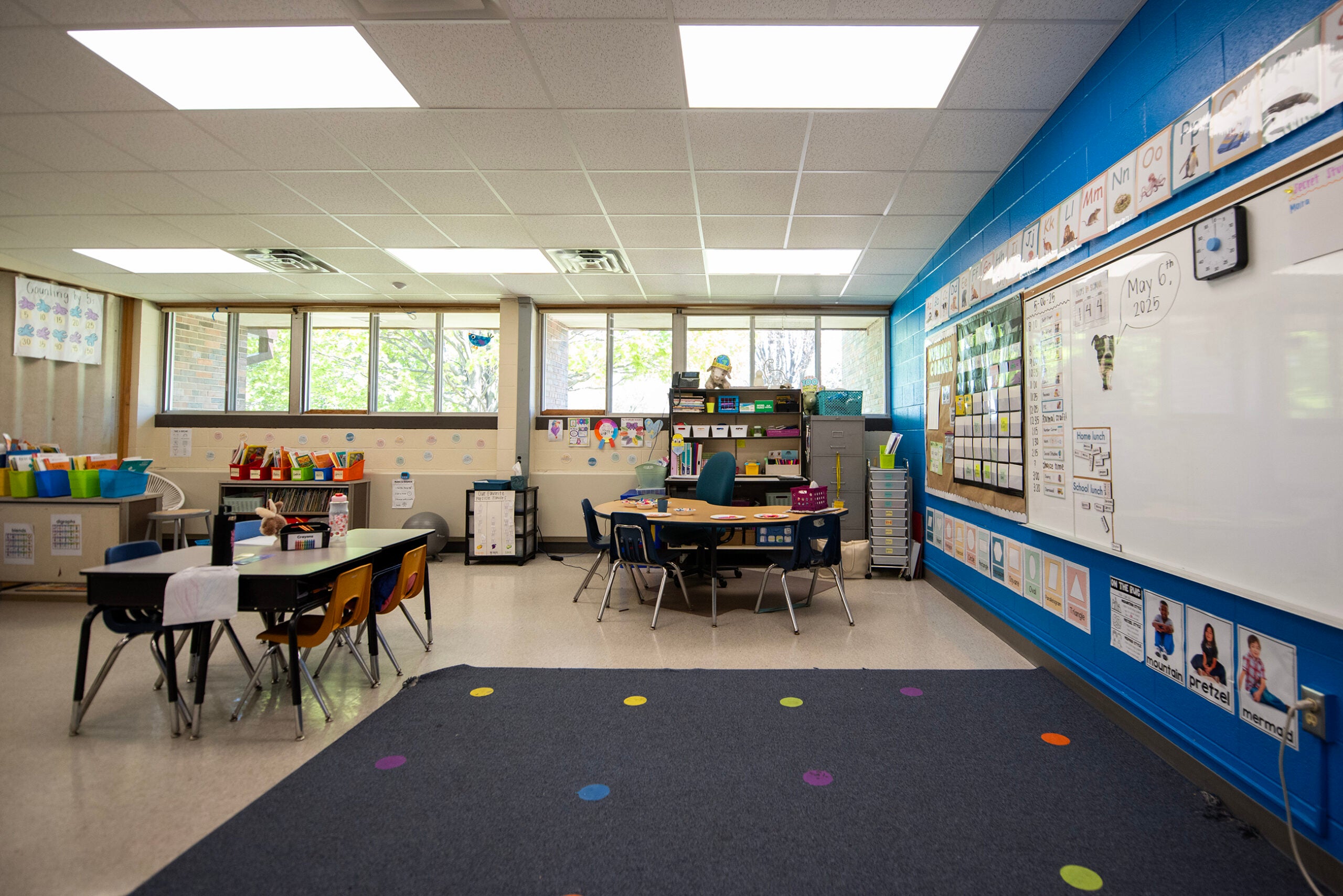Wisconsin school districts learned exactly what they’ll be receiving in state aid Friday.
The state Department of Public Instruction released updated general school aids that districts will receive during the current school year, as well as the 2023-24 student enrollment numbers for independent charter schools and private schools participating in state parental choice programs.
Those enrollment numbers are used to determine the dollar amounts to be deducted or withheld from school districts’ aid payments to fund state parental choice programs.
News with a little more humanity
WPR’s “Wisconsin Today” newsletter keeps you connected to the state you love without feeling overwhelmed. No paywall. No agenda. No corporate filter.
State aid varies widely by district. Of Wisconsin’s 421 districts, 59 percent, or 247 districts, will receive more money than last year; 40 percent, or 168 districts, will receive less. Six districts have no change.
Exactly how much money individual districts receive from the state, and whether they receive more funding or less, is determined through a complicated formula that takes into account school enrollment, district spending and the overall value of taxable property within the district boundaries.
The state budget passed this summer increased funding for general school aids by 3 percent, or $154.7 million, to a total of $5.36 billion.
General school aids are the largest form of state support for public schools in Wisconsin and are based on prior year data. Private school choice and independent charter school programs are funded based on current year data.
The new data replaces the estimates released in July. Those numbers were similar to what was released on Friday.
DPI calculates general school aids through a formula that uses property values in the district, enrollment and district spending. A district’s general aids can increase or decrease due to changes in any of the local factors, as well as the difference in funds available from the state.
The School District of Beloit is taking a $7 million reduction in school aids compared to last year, a 10 percent decrease.
The state’s two largest school districts, Madison and Milwaukee, are seeing very different general aid calculations.
Madison Metropolitan School District is slated to have a decrease of about $6.3 million, while Milwaukee Public Schools will see an increase of $53.8 million.
Both districts have seen lower student enrollments and have increased spending. But Madison’s property tax growth has gone up faster than Milwaukee’s, which was taken into account.
The Elmbrook School District will have one of the largest percentage increases, getting $8.1 million more in state aids, a 43.7 percent increase.
The state budget passed by the Legislature allows school districts to raise local taxes to spend an additional $325 per student in the next school year and another $325 in the following year.
Per pupil general school aid will be paid in March 2024. Under current law, it will be paid at $742 per pupil.
Wisconsin Public Radio, © Copyright 2026, Board of Regents of the University of Wisconsin System and Wisconsin Educational Communications Board.







